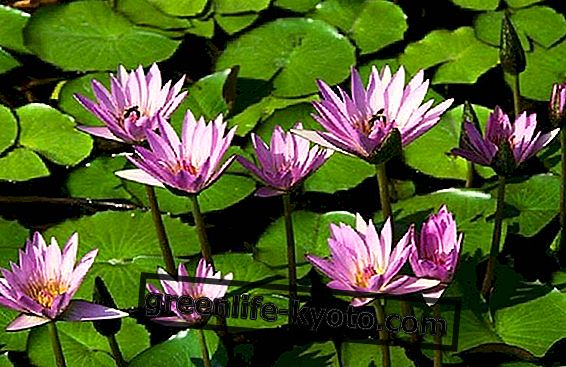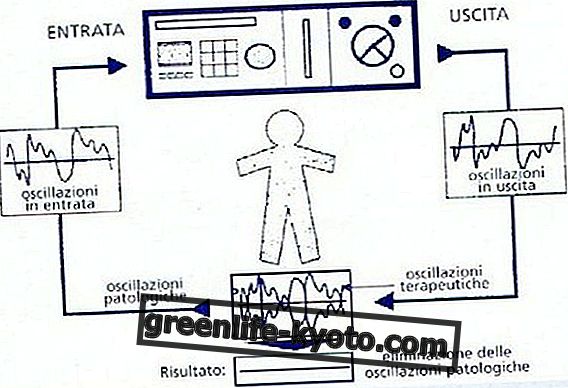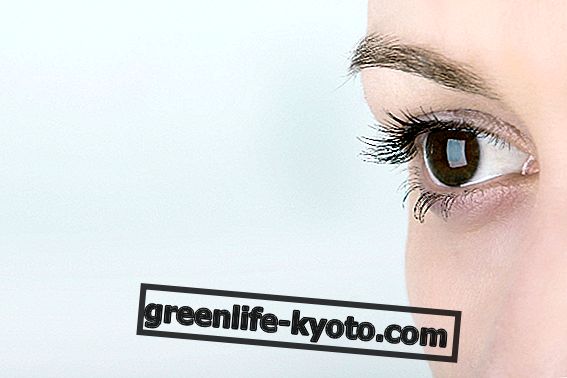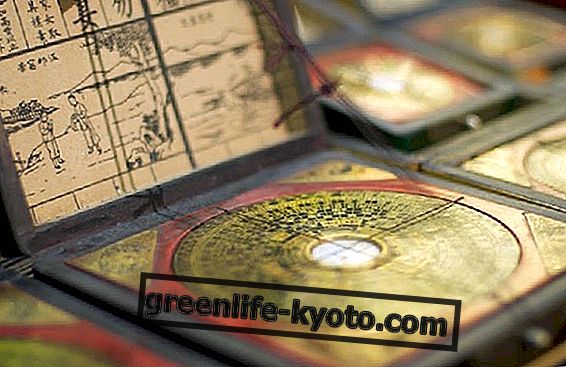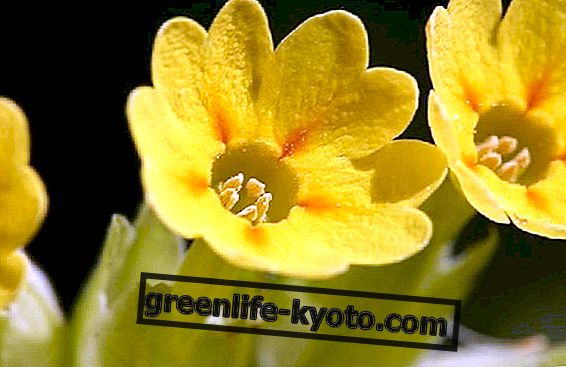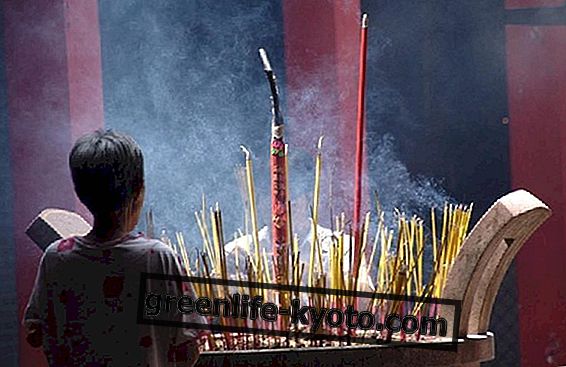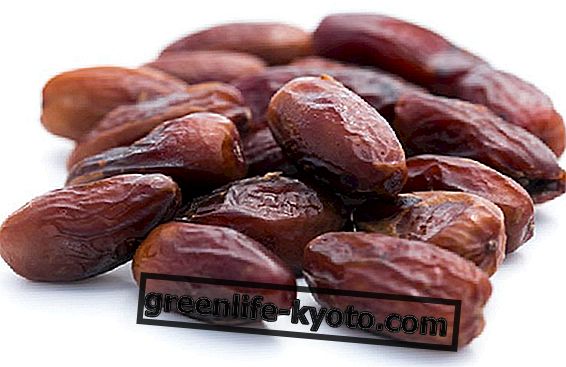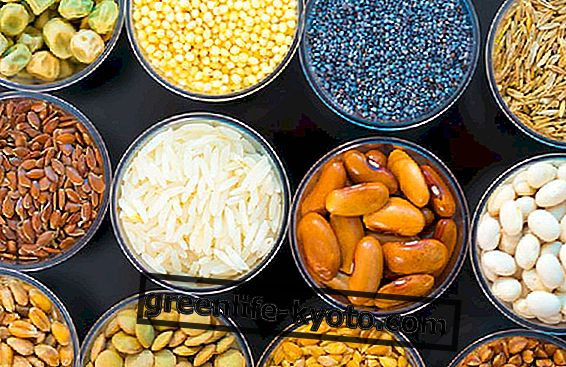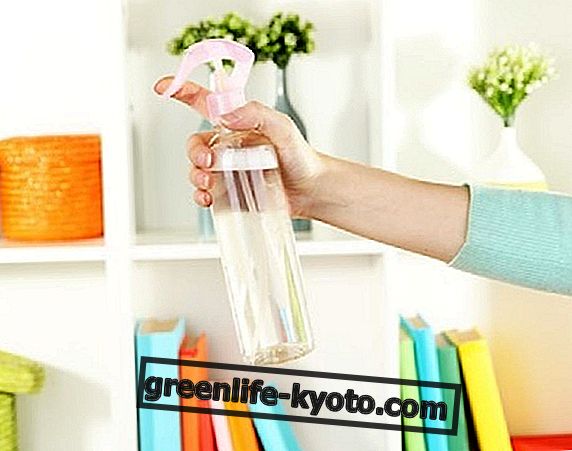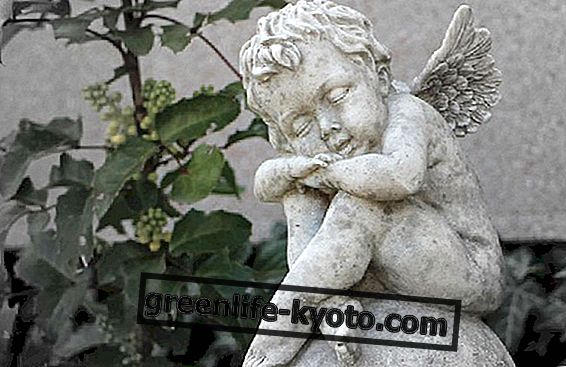
In a world that is in a hurry, even when it comes to issuing or obtaining certificates of qualification for the various massage schools, the Thais decide to go slow, and in their main school of traditional Thai massage, that of Wat Po in Bangkok, it takes a long time to study and practice to be able to go out and practice.
More and more non-Thais go to Bangkok to learn about the 60-year-old traditional school of Wat Po, founded in a Buddhist temple with which it shares nature.
Among these many Italians, some of whom are stationed only temporarily, while others, intending to deepen the subject, establish themselves longer, with the knowledge that to master such a mass of knowledge so ancient and to know how to practice it, it takes years .
Study, practice and ointments
This is also what Salvatore, a Sicilian boy, met while eating a pad thai among the amulet markets in Bangkok.
Without going into specific details, he tells us that in addition to the classic theories based on a continuous and deep study, in the temple of Wat Po they offer free massages to the local population, in order to offer students the possibility to practice, deepen and refine the own non-stop technique .
Also in the temple of Wat Po are also produced balsams and special ointments, according to ancient traditions, of very high quality and impossible to find around, even in Thailand.
The production of these products is also part of the wealth of knowledge to be learned in the temple of Wat Po .
The origins of Thai massage are very ancient and include the influences of both Indian marma massage and Ayurvedic knowledge, and those of Chinese massage and acupressure. These are knowledge dating back to before Christ .
Moreover, during its evolution the Thai massage has developed in many subscuole, with 2 main currents more famous, that of the north and that of the south, sweeter or stronger, more based on the pressures or more focused on the tractions.
But the Wat Po temple, erected under the aegis of the Thai Ministry of Education, is to be considered a true modern school, whose certificates of recognition are recognized all over the world, even in Italy, where masseurs trained at different levels in this school can practice in various authorized centers.
The school of the temple of Wat Po was founded, as mentioned, in the 50s of the last century, but the temple in which it resides in 1700, when, under the reign of Rattanakosin, the king decided the foundation of a temple with the functions from an open university, where disciplines such as anatomy, pharmacology, herbal medicine and massage were taught.
After 3 centuries today it is still possible to go for long periods of study in Bagkok doing a full immersion in the temple school of Wat Po, which also offers food and lodging .
The great part of the courses is now also available in English, although Thai remains the main language with which various knowledge is handed down.
Every year, around 200 Italians come out of the Wat Po school .
